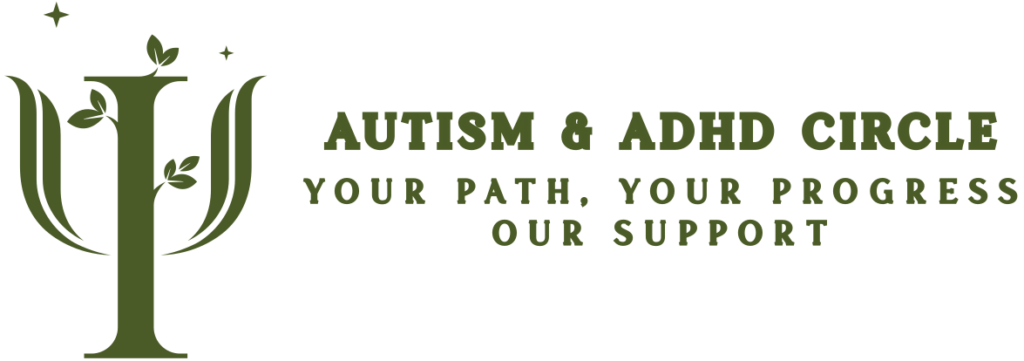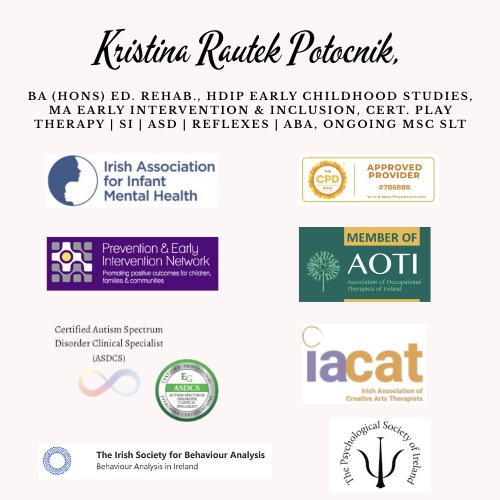The Swing in Early Intervention: Connection, Regulation, and Growth

Author: NeuroNest
When a parent enters our early intervention space for the first time, their eyes often go straight to the big swing hanging gently in the middle of the room. It’s soft, comfortable, and looks like something from a playground. Sometimes, a parent will ask, with a bit of curiosity, “Why do you swing the children?” And the answer is simple, but also deep.
The swing is not just a toy. In our daily work at NeuroNest, the swing is one of the most powerful tools we use to help children feel calm, safe, and ready to connect and learn. We work with children from birth to 12 years of age, and sometimes even up to 14, depending on their needs. The swing becomes part of our shared language—a way to enter the child’s world, gently and respectfully.
Every child comes to us with their own story. Some children are very sensitive to sounds, lights, or touch. Others seem full of energy and can’t sit still, even for a minute. Some find it hard to use their body to move, sit, or balance. Others struggle with communication or emotional regulation. These challenges often have one thing in common: the body and brain are not working together in a smooth and balanced way. That’s where the swing helps.
Swinging is not just fun—it gives the body something called vestibular input. This is a type of sensory information that comes from movement. When a child swings back and forth, their brain gets messages that help them understand where they are in space, how fast they’re moving, and how to balance. For some children, slow, gentle swinging helps them calm down. For others, faster or spinning movements help them wake up and focus.
We also use the swing to help integrate early reflexes—the automatic movements that babies are born with. These reflexes are supposed to disappear as the child grows. But sometimes they stay active longer than they should, and this can cause problems. For example, a child who still has the Moro reflex (the startle reflex) may be easily scared or feel unsafe in new situations. A child with an unintegrated tonic labyrinthine reflex might have trouble sitting upright or may look clumsy. The swing gently supports the body in positions that help the brain complete these developmental steps.
During our sessions, we often notice beautiful moments happening while the child is swinging. A child who usually avoids eye contact might suddenly look up and smile. Another child who struggles with language might start making sounds or trying to repeat a word. A child who is full of energy might slowly begin to relax their muscles, breathe more deeply, or even ask for a cuddle.
We do not follow a strict plan. Instead, we follow the child. If they need more movement, we offer more. If they need quiet, we slow things down. Sometimes we sing, tell stories, or play games while they swing. Other times, we sit quietly nearby and wait for the child to lead the way.
We are not therapists—we are early intervention specialists. Our focus is not on fixing or diagnosing, but on understanding and supporting. The swing is one way we do this. It helps us build trust, connection, and safety, which are the foundation for every other skill a child needs to learn.
The swing is also a chance for children to experience joy in their own bodies. For some children, moving can feel scary or uncomfortable. But in the swing, they can move in a way that feels safe and supported. Over time, they start to explore more, take small risks, and discover what their bodies can do. This builds confidence, and confidence builds independence.
We always use the swing carefully and with full supervision. We watch the child’s reactions and stop if they show signs of discomfort. We make sure the swing is properly installed and that the area around it is clear and safe. If a child has medical needs or movement difficulties, we adapt the way we use the swing. Every child is different, and there is no “one-size-fits-all” method.
Parents sometimes ask if they should get a swing at home. Our answer is: maybe—but not without support. What works in our space may not work the same way at home. That’s why we always encourage parents to talk to us first. Together, we can decide what is safe, what is helpful, and how to use the swing as part of a bigger plan for the child’s development.
In the end, the swing is not the goal. The goal is connection, growth, and a sense of “I can.” The swing simply helps us get there—one gentle movement at a time.
Latest Posts
- How children make sense of the world through their senses
- How your baby learns about the world through their senses
- Helping your child grow stronger through movement and play
- Understanding How Early Intervention Helps Children Learn, Move, and Connect
- How to Recognise Tactile Defensiveness and Help Your Child Feel Safe
- Understanding Feeding Challenges and How to Support Your Child at Home
- Let’s Talk Sitting: Exploring Floor Seating Options
- Retained Primitive Reflexes: The Hidden Cause Behind Developmental Struggles
- Where Curiosity Blossoms: How Children's Play Nurtures Growth for All
- Helping Your Child Through Stress: A Gentle Guide for Parents
- Sweet Little Lies – How to Recognise and Respond with Care
- Chores Are More Than Just Tasks – They’re a Tool for Growing Independence, Focus, and Confidence
- How to Help Children Develop Emotional Intelligence
- Blending Technology and Care: How VR Meta Quest Supports Children at NeuroNest
- A simple guide for parents who want to raise confident, happy children
- Setting Boundaries with Love: A Simple 3-Step Guide for Parents
- Understanding Behavior Through the Nervous System
- A Compassionate Lens on Dysregulation in Non-Speaking Autistic Individuals
- Supporting Development Through Movement: The Role of the Swing in Early Intervention
- Blending Tradition and Innovation: How NeuroNest Supports Your Child’s Unique Journey
- When Movement Meets Innovation: Supporting Child Development with GoBalance
- Why Visual Perception Matters for Everyday Life and Development
- Benefits of Chess in Early Intervention
- Building Healthy Nutrition from the Start
- A Journey Back to Your True Self
- Supporting Your Child’s Hand Skills for Confident Writing
- Blending the Best of Both Worlds
- Helping Toddlers Eat Well: A Parent’s Guide
- Why Tummy Time Matters for Your Baby's Development
- Helping Your Child Build Everyday Independence
- Who Are the Disconnected Kids?
- From First Tries to Automatic Habits: Understanding the Stages of Skill Learning
- Why a Child’s Level of Alertness Matters for Memory and Learning
- Early brain development starts before birth
- Why Slowing Down, Adapting Tasks, and Adding Breaks Helps Children Learn Better
- Why ADHD, Autism, Dyslexia and Other Challenges Need a New Approach
- The surprising power of copying in child development
- Books are more than just language tools—they’re powerful allies in sensory and motor development.
- Rethinking sensory support: moving beyond expensive rooms toward everyday understanding.
- Understanding how fear develops in a child’s brain
- Understanding how an early baby reflex can affect your child’s daily life
- A gentle start into baby development through movement and bonding
- A child-centred, research-informed approach that uses the power of play to support communication, emotional regulation, motor development, and meaningful growth from infancy to twelve years.
Our Partners




Our Memberships


